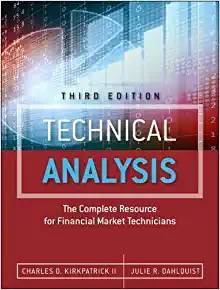Question
Frito Enterprises is a private equity firm and has the following equity structure: Series A 1,000,000 shares Series B 675,000 shares Series C 375,000 shares
Frito Enterprises is a private equity firm and has the following equity structure:
Series A 1,000,000 shares
Series B 675,000 shares
Series C 375,000 shares
The company plans to make another round of financing (Series D) and issue additional shares to a venture capital firm for $2.7 million. The venture capital firm will own a 15% stake after this round of financing.
a) What is the pre-money valuation of the firm?
b) What is the post money valuation of the firm? What is the share price for this round of financing?
c) What is the founder's (Frito's) stake (Series A) worth and percentage ownership after this round of funding?
d) Frito is considering adding debt to its capital structure. The company is a biotech firm that specializes in research for treating tumors in dogs. Using your knowledge of the Trade off Theory of Debt and understanding of financial distress costs of different types of firms, advise Frito on how it should view leverage and its optimal capital structure.
e) Frito decides it will raise the $2.7 million though one year debt financing instead of the venture capital (Series D) financing. Assume the pre-money valuation of the firm in part a) is the value of the equity. If the corporate tax rate is 40%, the expected costs of financial distress are $4 million with a 70% probability of occurring, and the debt cost is the risk free rate of 5% (with a debt beta of zero) - what is the private equity valuation per share and the value of the founder's (Frito's) stake (Series A) worth after the debt issue? (Hint: assume the risk free rate to discount the financial distress costs).
f) While still private, Frito would someday like to be a public firm and pay dividends once they are established, reduce their R&D costs and have revenue generating patent protected drugs. Explain The Clientele effect Frito should consider regarding dividends. Is your explanation consistent with Miller and Modigliani's dividend preference theory?
Step by Step Solution
There are 3 Steps involved in it
Step: 1

Get Instant Access to Expert-Tailored Solutions
See step-by-step solutions with expert insights and AI powered tools for academic success
Step: 2

Step: 3

Ace Your Homework with AI
Get the answers you need in no time with our AI-driven, step-by-step assistance
Get Started


